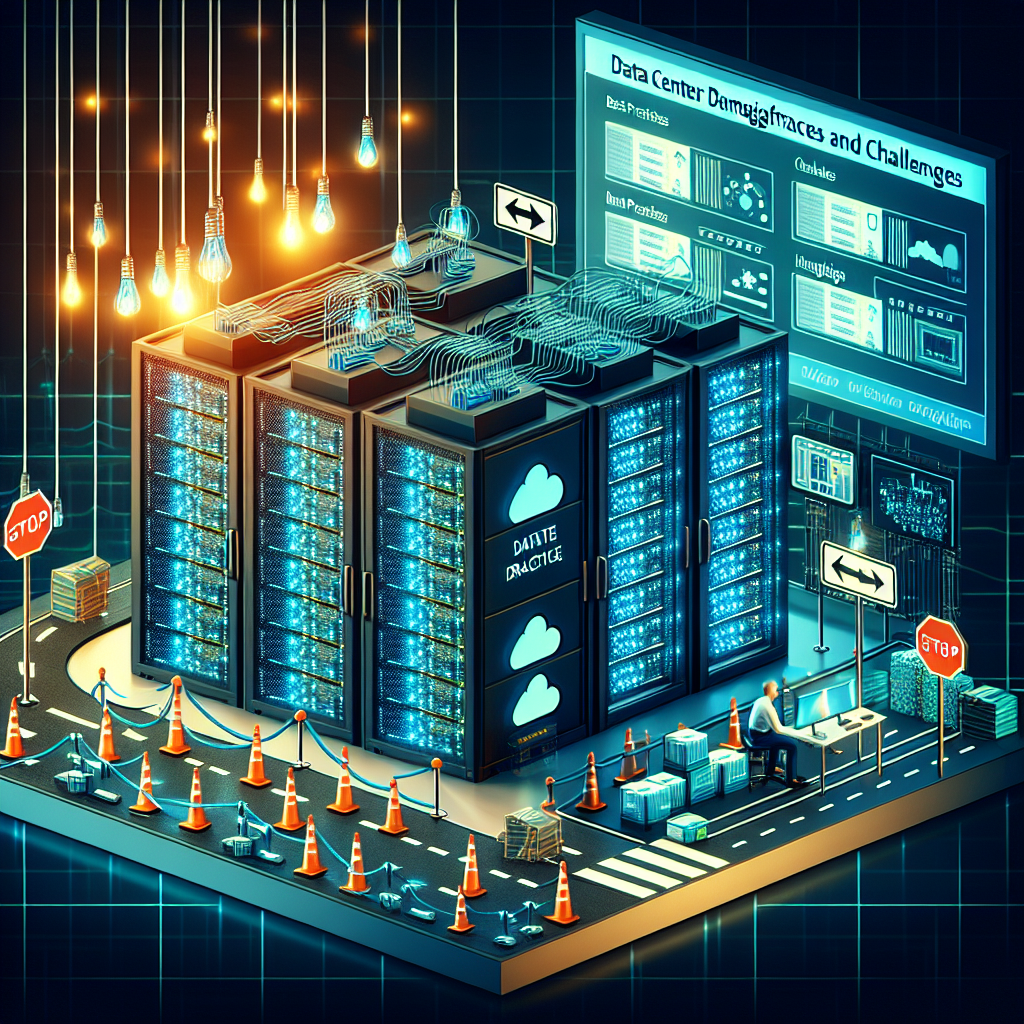Fix today. Protect forever.
Secure your devices with the #1 malware removal and protection software
Data Center Database Migration: Best Practices and Challenges
Data center database migration is a complex and challenging process that requires careful planning and execution. Whether you are moving your database to a new data center, upgrading to a new database platform, or consolidating multiple databases into one, there are several best practices and challenges that you should be aware of.
Best Practices:
1. Assess your current database environment: Before starting the migration process, it is important to thoroughly assess your current database environment. This includes documenting the size and complexity of your database, as well as identifying any potential bottlenecks or performance issues.
2. Develop a migration plan: A well-thought-out migration plan is essential for a successful database migration. This plan should include a detailed timeline, a list of tasks and responsibilities, and a contingency plan in case of any unexpected issues.
3. Test the migration process: Before migrating your database, it is crucial to test the migration process in a non-production environment. This will help you identify any potential issues or errors and ensure a smooth transition to the new database environment.
4. Backup your data: Before starting the migration process, make sure to backup your data to prevent any data loss in case of a migration failure. It is also recommended to perform regular backups throughout the migration process to minimize the risk of data loss.
5. Monitor and optimize performance: Once the migration is complete, it is important to monitor the performance of your database and make any necessary optimizations to ensure optimal performance in the new data center environment.
Challenges:
1. Downtime: One of the biggest challenges of database migration is minimizing downtime during the migration process. This can be especially challenging for mission-critical databases that require 24/7 availability.
2. Data loss: Data loss is another common challenge during database migration. It is important to backup your data regularly and test the migration process thoroughly to prevent any data loss during the migration.
3. Compatibility issues: When migrating to a new database platform, compatibility issues may arise due to differences in data types, storage formats, or indexing methods. It is important to address these compatibility issues during the planning phase of the migration process.
4. Performance issues: Database migration can sometimes result in performance issues such as slow query response times or high CPU utilization. It is important to monitor the performance of your database closely during and after the migration process to identify and address any performance issues.
In conclusion, data center database migration is a complex process that requires careful planning, execution, and monitoring. By following best practices and addressing potential challenges proactively, you can ensure a successful database migration with minimal disruptions to your business operations.
Fix today. Protect forever.
Secure your devices with the #1 malware removal and protection software

Leave a Reply
You must be logged in to post a comment.